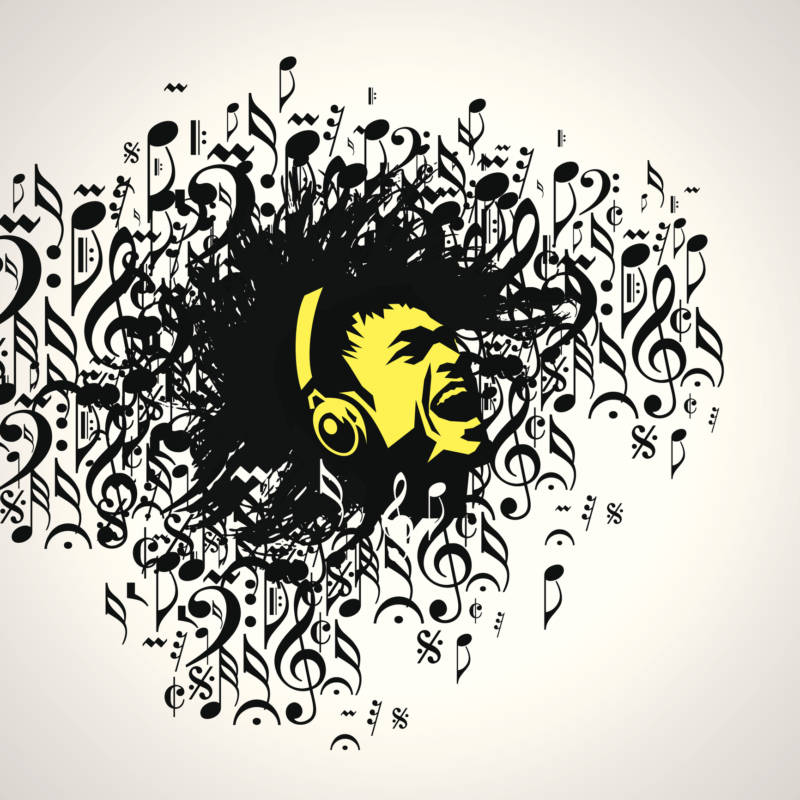Studies about the Ten Adverse Childhood Experiences (ACEs) have shown that most people have experienced one of these traumas in childhood, such as being abused, having a parent who is incarcerated, experiencing homelessness, among others. The trauma one experiences in childhood can affect adult mental and physical health in later years, especially if a person has multiple ACEs. While the harm can have lasting impacts, health professionals have identified ways to mitigate the effects by nurturing supportive relationships with adult caregivers.
Schools can also play a supportive role by helping kids who have experienced trauma. And at the High School for Recording Arts (HSRA) in St. Paul, Minnesota, making music is a means of healing.
“Writing lyrics feels safer than directly speaking about what she’s been through,” says Tabitha Wheeler, a social worker at the school describing a teen who composed a song about her psychological pain and childhood trauma.
It’s crucial for adolescents and young adults to receive mental health care and emotional support. However, teens aren’t always eager to speak about their suffering. But when it comes to treating the continuum of trauma, studies show art and music—known as expressive arts therapy—can calm the body’s stress response, which can help adolescents feel safer in the classroom.
Through the use of art, music and writing, teachers and faculty at HSRA rely on "creative pedagogical practices" to help students connect with their intellectual talents, which can foster academic confidence.


